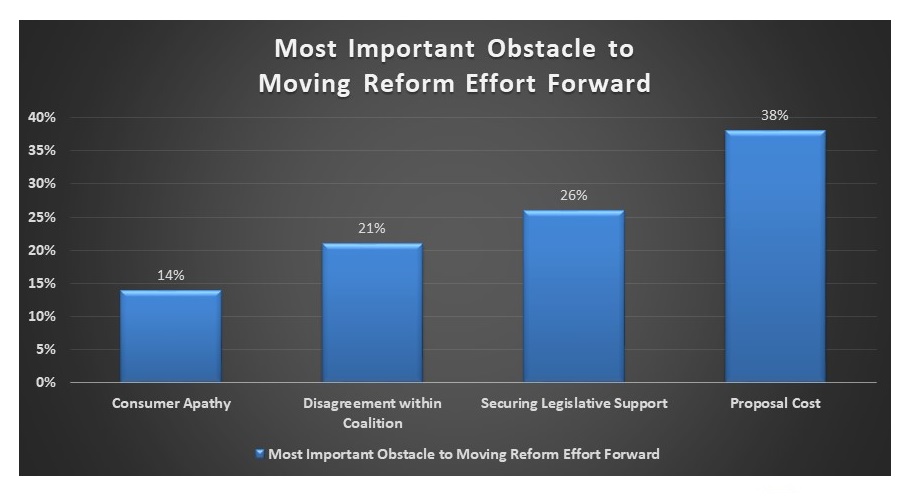Tuesday, November 10, 2020
Printer Friendly Version in PDF Format (4 PDF pages)
Learning from New State Initiatives in Financing Long-Term Services and Supports
Marc A. Cohen, Ph.D.
Full Report: https://www.ltsscenter.org/wp-content/uploads/2020/07/State-LTSS-Financing-Full-Report-July-2020.pdf
Exec. Summary: https://www.ltsscenter.org/wp-content/uploads/2020/07/State-LTSS-Financing-Executive-Summary-July-2020.pdf
Presentation Outline
- About the study
- Objectives
- Methods
- Study states
- Findings
- Brief description of state efforts
- Rationales for reform efforts and obstacles
- Selected High Level Lessons learned
About the study
- Qualitative case-study of 6 states in process of initiating LTSS financing reforms
- All in varying stages of a LTSS financing reform
- Objectives
- Describe current status of financing reforms across states
- History and evolution of their efforts
- Common themes and lessons learned about how reforms move forward
- Identify challenges or obstacles
- Describe current status of financing reforms across states
- Methods
- Hour-long structured interviews with 42 stakeholders
- 4-8 in each state
- Advocates, legislature, providers, labor, state officials, consumer organizations
Summary of State-based Activity in Study States
- Social Insurance program enacted (State LTC Trust Act of 2019)
- Washington
- States in process of coalition building and reform effort
- California -- Studying social insurance proposal, actuarial modeling and state Master Plan on Aging
- Hawaii -- Long history of LTSS reform attempts. Kapuna Caregiver Program and Kapuna Care Program
- Michigan -- Feasibility study social insurance and workforce issues
- Minnesota -- Support development of new private LTSS product options -- life insurance and LTC added to Medicare supplemental coverage
- Maine -- Ballot initiative for comprehensive home-care social insurance program rejected 63% vs 37%.
Why are states embarking on reform efforts?
- Try to control state Medicaid expenditures; move financing away from Medicaid.
- Inject new resources into the system to help caregivers and help assure people do not bankrupt themselves -- middle class relief
- Move from a welfare/Medicaid basis to a social insurance basis;
 |
What are some of the most common obstacles to making changes to the system?
 |
Selected High Level Lessons
- Develop stakeholder coalitions that are broad with formalized processes and structures.
- Identify legislative champions.
- This is a marathon and not a sprint.
- Conduct actuarial studies and invest in data acquisition, knowledge generation, and intellectual infrastructure development.
- Have a policy framework within which efforts can occur
- Try to establish linkages between stakeholders, legislators and when possible, executive agency personnel (e.g. Master Plan on Aging)
- Support for public education campaigns are a very helpful way to help move the issues into greater public consciousness.
What’s Next?
- Then came COVID-19....
- Unclear which competing force will prevail:
- Initiatives put on hold due to fiscal situation of states
- Increased demand for policy change because implications of underfunded system clear to see
